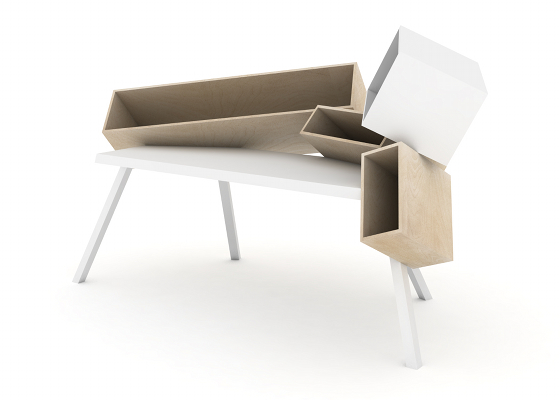Fair Preview: Design Biennale INTERIEUR 2010, Kortrijk, Belgium
Texto por Simon Keane-Cowell
Zürich, Suiza
25.09.10
If any fair is going to give Milan a run for its money in terms of a passion for high-end design and downright coolness, it's Belgian Design Biennale INTERIEUR. Since its first edition in 1968, the Kortrijk-based show has consistently upped the ante in the design-exhibition world and INTERIEUR 2010 is no different. Here's a taste of what's in store.
1968 will be forever associated with a rapidly shifting political and social landscape in the West. This was also the year that the first Design Biennale INTERIEUR was held in Kortrijk, Belgium, which is somehow fitting, given the event's commitment from the start to the cultural significance of design, beyond its commercial value. 2010 sees the presentation of the design fair's 22nd edition, and its theme this time round, 'The New World', proves that Kortrijk, in its future-gazing, is still taking an interrogative stance.
INTERIEUR 2010's considered graphic language, developed by London-based designer Sara De Bondt, testifies to the Kortrijk biennale's adherence to creativity and quality
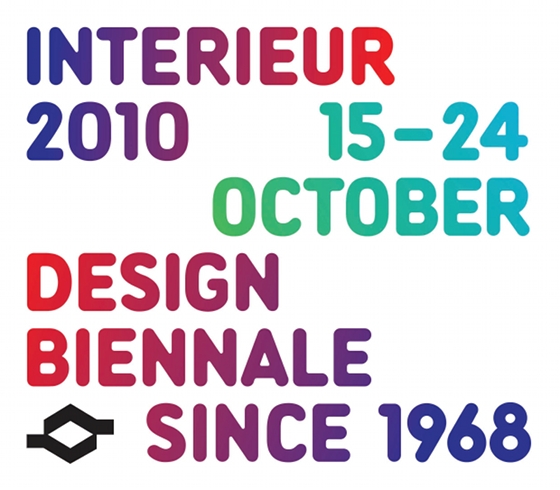
INTERIEUR 2010's considered graphic language, developed by London-based designer Sara De Bondt, testifies to the Kortrijk biennale's adherence to creativity and quality
×INTERIEUR may not be the largest of fairs (although running for ten days it could be the longest), but what sets it apart from other events internationally is, as the INTERIEUR Foundation's president José Carlier puts it, 'the realisation that it must be exceptionally creative, selective and quality conscious in order to compete'. And discerning it is. The event's 250 international exhibitors represent some of the industry's most respected design brands, with a significant Belgian contingent. 'Kortrijk’s fair is the place to be,' explains leading Italian manufacturer Moroso.' After the Milan fair, it’s the best design fair in the world. Kortrijk’s location helps to touch several crucial markets for the furniture business. For Moroso, it's always an emotional experience to attend.'
This year's Guest of Honour, Japanese architect Junya Ishigami, will present 'Picnic', a series of irregularly shaped chairs that, when placed around a table, appear as if in dialogue with each other
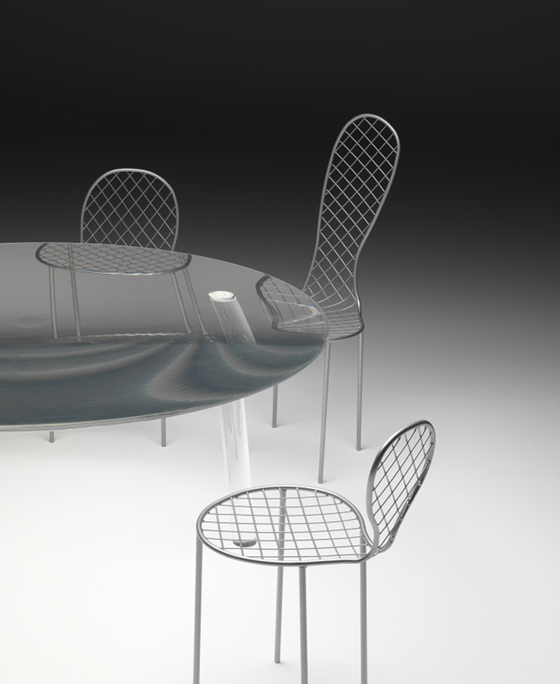
This year's Guest of Honour, Japanese architect Junya Ishigami, will present 'Picnic', a series of irregularly shaped chairs that, when placed around a table, appear as if in dialogue with each other
×Whereas the focus in the past has been on design for the home and office, the Design Biennale INTERIEUR has widened its purview to cover design in a broader sense, product development, and the design of materials, products and services. The exhibition, combined with the INTERIEUR design competition, various satellite events, as well thought-provoking debates and lectures, make the biennale one of the most important platforms for design in the trade and cultural calendars. Kortrijk may be relatively provincial in geographic terms, but, culturally and industrially speaking, this show punches well above its weight. And all of this under the proud banner of Belgium's Presidency of the EU, which runs until the end of December.
Young Japanese architect Junya Ishigami, who studied under Kazuyo Sejima (of Pritzker Prize-winning architectural office SANAA) and who works at the interface between technology, architecture and engineering, is INTERIEUR 2010's Guest of Honour
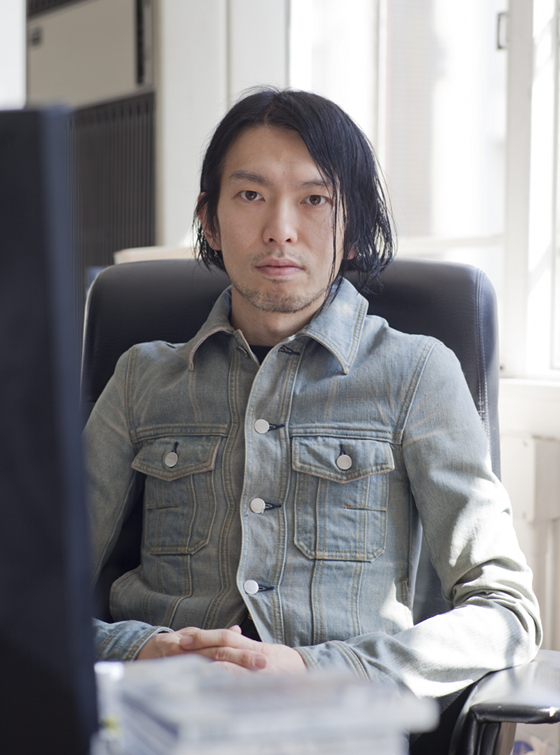
Young Japanese architect Junya Ishigami, who studied under Kazuyo Sejima (of Pritzker Prize-winning architectural office SANAA) and who works at the interface between technology, architecture and engineering, is INTERIEUR 2010's Guest of Honour
×Quality runs right across the board at INTERIEUR 2010. While a selection committee made up of leading designers and INTERIEUR Foundation board members ensures that each exhibitor tells the story of their brand, products and designers fluently and in dialogue with the biennale's particular theme, an equally critical group of design experts make up the competition jury. This year's big-name panel consists of Cappellini's creative director Giulio Cappellini; Nipa Doshi, one half of London-based design studio Doshi Levien; founder and editor-in-chief of online architecture and design magazine 'Dezeen' Marcus Fairs; Pierre Keller, director of the ECAL (the University of Art and Design Lausanne); and the design director of Italian car-design firm Pininfarina, Lowie Vermeersch. Together, they will identify the most original and creative design ideas and prototypes that respond the 'New World' theme. Functionality, technology and manufacturing potential are also criteria in the decision-making. With the largest prize money ever being offered at this year's Design Biennale INTERIEUR, the stakes and expectations are high. The competition is open to, among others, professional and young designers, design studios and design students.
This year's big-name competition jury includes Cappellini's creative director, Giulio Cappellini, and Nipa Doshi, one half of London-based design studio Doshi Levien

This year's big-name competition jury includes Cappellini's creative director, Giulio Cappellini, and Nipa Doshi, one half of London-based design studio Doshi Levien
×A key feature of the Design Biennale INTERIEUR has always been the Guest of Honour. Past guests have included such legendary design names as Gio Ponti, Verner Panton, Jean Prouvé and Dieter Rams. More recently, Konstantin Grcic, James Irvine and Jaime Hayon have been honoured. This year, in keeping with the event's desire to explore the new, INTERIEUR 2010 looks beyond Europe, to Asia, for its most important of Very Important Persons. Young Japanese architect Junya Ishigami, who studied under Kazuyo Sejima (of Pritzker Prize-winning architectural office SANAA) and who works at the interface between technology, architecture and engineering, has created 'Picnic', a series of irregularly shaped chairs that, when placed around a table, appear as if in dialogue with each other. 'Usually, furniture is considered a tool for people, and it can become no more than a background within space. Here, I want to propose celebratory furniture that blends in with the activity of people and into the surrounding environment,' explains Ishigami.
Brussels-born Bram Boo's 'Overdose Desk'; Bram Boo is the 2010 Designer of the Year
The INTERIEUR Foundation, along with the Design Museum Gent, Grand Hornu Images and the magazines 'Weekend Knack' and 'Weekend Le Vif', have also recognised Belgian designer Bram Boo as Designer of the Year. Known for his visually expressive, sculptural, and often humorous furniture forms that challenge the idea of functionality and encourage an emotional connection, his work makes us 'reconsider daily habits', as he puts it. The Kortrijk show also asks us to reconsider what we think we know about design practice in some of Belgium's neighbouring countries – the UK, France, the Netherlands and Germany. Entitled 'Neighbours', the exhibition invites four curators to 'put their own quirky vision about their country's design on display'. It's not supposed to be competitive. Or is it?
The Interieur Foundation, along with the Design Museum Ghent, Grand Hornu Images and the magazines 'Weekend Knack' and 'Weekend Le Vif', have recognised Belgian designer Bram Boo as Designer of the Year
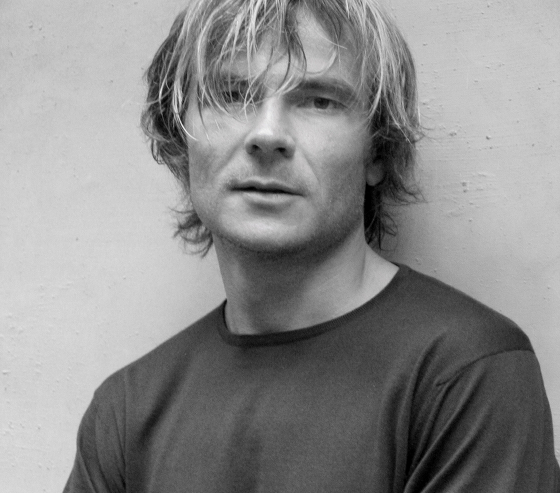
The Interieur Foundation, along with the Design Museum Ghent, Grand Hornu Images and the magazines 'Weekend Knack' and 'Weekend Le Vif', have recognised Belgian designer Bram Boo as Designer of the Year
×Other satellite events include 'The Rambla', a design promenade designed by Brussels architectural practice Office and Bureau Goddeeris, a low-budget initiative for young designers called 'theyoungdesignersfair', and the 'Design at Work platform', which foregrounds aspects of functionality, technology and innovation in product development.
Architecten de vylder vinck tallieu were commissioned to design the interior concept for Interieur 2010 and have created 'mirror mirror on the wall', a series of rooms whose walls mirror themselves
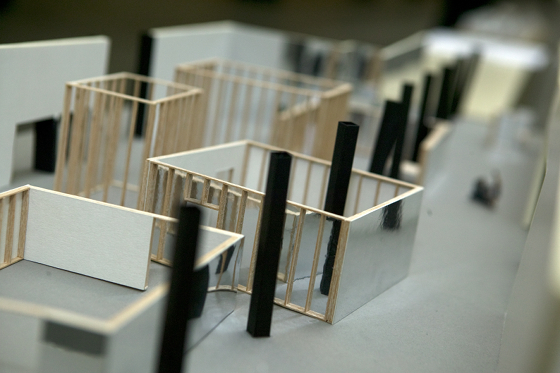
Architecten de vylder vinck tallieu were commissioned to design the interior concept for Interieur 2010 and have created 'mirror mirror on the wall', a series of rooms whose walls mirror themselves
×It comes as no surprise, given its adherence to creativity and quality, that Design Biennale INTERIEUR takes a conceptually led approach to its own architectural layout and graphic language. Both are specially commissioned for the event. This year, architecten de vylder vinck tallieu have created 'mirror mirror on the wall', a series of rooms whose walls mirror themselves, and, in doing so, question the exhibitionary space itself and what's shown in it. The concept is closely related to the 'New World' theme, inviting us, as the mirrored surfaces do, to look at things anew. And the highly expressive graphic scheme for INTERIEUR 2010 was developed by Belgian-born, London-based designer Sara De Bondt, whose clients include the V&A Museum, the Barbican Art Gallery as well as leading art and design publisher Phaidon.
Design Biennale INTERIEUR's calibre has meant that recent editions of it have achieved around 100,000 visitors. 'This is a design fair like no other,' says leading design-textiles manufacturer Qvadrat. 'The Interieur in Kortrijk is well-known for its creativity and sense of new trends. It is definitely a place to be for young designers, architects and companies with a strong design affinity.'
Architonic will, of course, be there. Will you?




